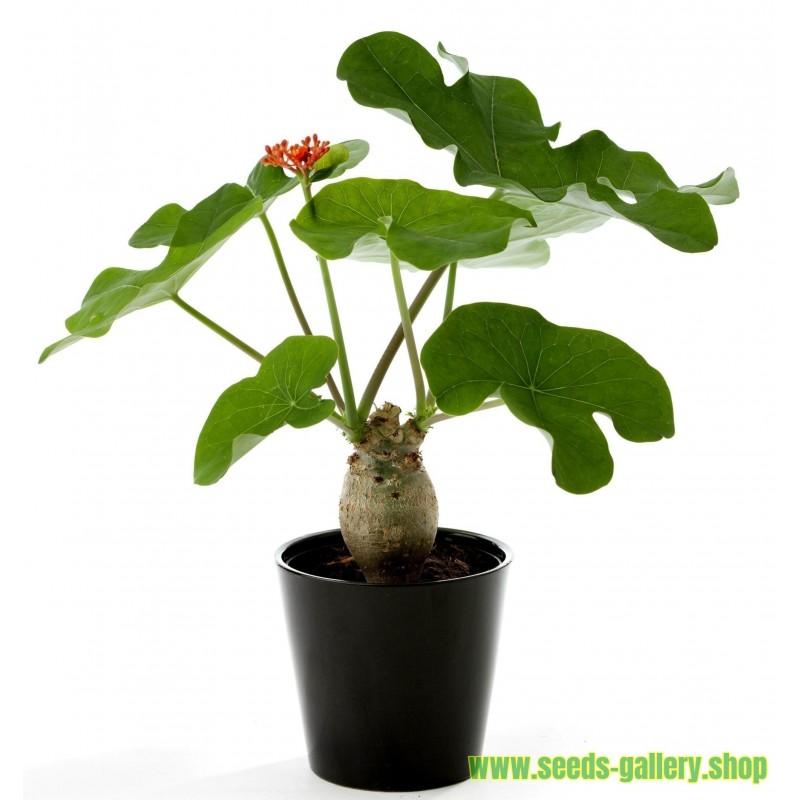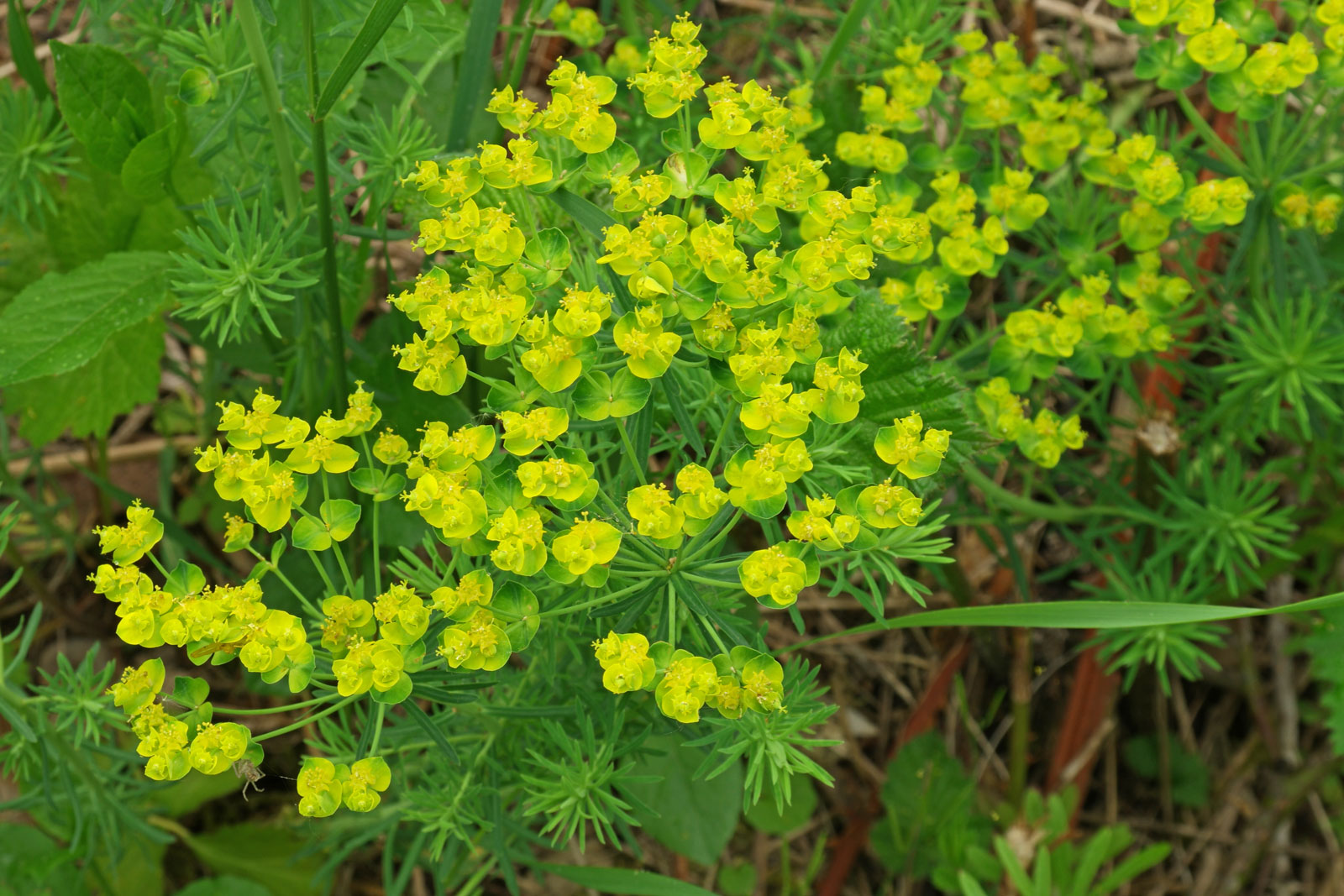- Jatropha Podagrica Buddha Belly
- Jatropha Podagrica Care
- Jatropha Podagrica For Sale
- Jatropha Podagrica Seeds
A zebra longwing butterfly on the bright red flowers of a jatropha shrub in the butterfly rainforest at the Florida Museum of Natural History. UF/IFAS, some rights reserved.
Jatropha is an evergreen shrub or small tree with stunning flowers that will bring butterflies and hummingbirds to your garden. There are two species of Jatropha that grow quite well in South and Central Florida, Jatropha integerrima and Jatropha multifidi.
The Jatropha is an exceptional bloomer with its origins in the tropical regions of Central America. Decorum grower Richplant cultivates two varieties of Jatropha: the Multifida and the Podagrica. The Multifida is also known as the coral plant, due to its beautiful coral red flowers. The plant’s seeds are often pressed to produce organic oil. Contact Information. Gardino Nursery Loxahatchee Groves, FL NURSERY OPEN BY APPOINTMENT ONLY. Toll Free: 1-888-241-1572 Local line: 561-244-5865 Weekends: 561-272-1416.
Characteristics
It should be noted that all parts of Jatropha are poisonous when ingested, so take care if you have children or pets frequenting your landscape.
Jatropha is a tropical evergreen that has slender stems and multiple trunks. These plants can reach about 15 feet tall and have an equal spread when left unpruned.

Jatropha integerrima is native to Cuba and the West Indies and is sometimes called peregrina, spicy Jatropha, or fire-cracker. The individual flowers on this species are star-shaped and generally red, although a pink-flowered variety exists. Flowers are 1-inch wide and are produced year-round in beautiful clusters that are held upright above the lobed leaves. Some of the butterflies you may see enjoying this plant include monarchs, swallowtails, and zebra longwings.
Jatropha multifida, commonly called coral plant, is native to Mexico. This species has flat circles of coral-pink flowers and distinctly tropical-looking foliage that is deeply dissected and fan shaped. Coral plant is a bit more cold tender than peregrina.
While these two species are not a problem in our state, there are some Jatropha species that are invasive in Florida. The UF/IFAS Assessment of Non-Native Plants in Florida’s Natural Areas has labeled Jatropha gossypiifolia and Jatropha curcas as invasive plants that should not be planted. (You may have heard of J. curcas; it was once proposed as source for biodiesel fuel production.)
Planting and Care

Once established, J. integerrima and J. multifida are both low maintenance and drought tolerant. Jatropha plants need well-drained soil, and while they can handle partial shade to full sun, they will flower best in areas with full sun. This plant is not salt tolerant. Jatropha grows best in zones 10 to 11. They are marginal in zone 9B; frosts and freezes will damage them, but they usually recover quickly.
Jatropha tolerate pruning well, which gives you options when it comes to the form of your plant. You can let it grow naturally into an interesting multi-trunked tree, or with some pruning, it can be trained into a fabulous espalier, shrub, or single-trunked tree. Take care when pruning Jatropha plants, as the milky sap can irritate sensitive skin. The versatility of these plants is not limited to your pruning skills—Jatropha can actually work quite well in a large container on a porch or patio.

Jatropha Podagrica Buddha Belly

Jatropha Podagrica Care
You can see why Jatropha multifida is often called coral plant.
Photo: Edward Baker, some rights reserved (cc-by-nc-sa 2.0).
J. integerrima and J. multifida are wonderful shrubs for South Florida plant lovers. With plentiful flowers and few maintenance needs, what isn’t to love?
Jatropha Podagrica For Sale
For more information on these Florida-friendly varieties of jatropha, contact your county Extension office.
UF/IFAS Publications
Jatropha Podagrica Seeds
Also on Gardening Solutions
